-
Posts
792 -
Joined
-
Last visited
-
Days Won
1
Content Type
Profiles
Forums
Events
Posts posted by Butch
-
-
15 hours ago, Strange said:
Yet you are still ignoring the size of the black hole and the mass of the object the force is exerted on. And you haven’t quantised “very large”. You haven’t even quantified “1”; that is completely meaningless.
Working on it...
0 -
9 minutes ago, Strange said:
That is meaningless in so many ways: You are saying the force on a body at the even horizon is 1 newton (*). But you are ignoring both the size of the black hole and the mass of the body. And then you say "it could be much stronger". So it might not be 1 newton.
It is 1 newton. Unless it is more.
(*) The unit of force is newtons (lower case n). Or N (upper case N). But never Newtons.
That is because there is no connection between these. You might as well try defining your weight in terms of the number of octaves on a piano keyboard.
Sorry you misunderstood, I am saying that x=1 on my chart is a very large number in terms of n.
I think there may be a connection... Do you recall my statement in another topic "photons are wave packets in a gravitational field."? Swansont said I would have to show that, that is my endeavor.
Just keep beating on me Strange, you are one of my favorite guideposts!
0 -
23 minutes ago, Strange said:
Because you are predicting gravity to be less than we observe. It isn't. It IS what we observe.
Or at least, that is what you appeared to be saying. But like most of your comments it was so vague and unquantified, who knows what it means.
What does this mean? There is gravitational force attracting them? They should repel but don't? What does gravity have to do with charge?
I think you should drop all this until you can post something that(a) makes sense and (b) corresponds to reality. You are a long, long way from either of those at the moment.
X=distance Y=gravitation
I am speculating that very near a particle gravity could be a much stronger force than we have given credit. 1 in terms of Newtons would be close to the gravitational force at the event horizon of a black hole, actually, it could be much stronger... And as the value of x falls below 1 it is very much stronger. At these levels gravity would be a very strong force rivaling the other known forces, even perhaps unifying them.
The real problem I am having with this model, is describing charge in terms of gravitational force. This was an attempt at doing so, it failed and so I move on. The tasks in front of me now are resolving my units and determining how a particle as a gravity well can exhibit charge. You are correct, I will drop this until I have made progress on those tasks. Thank you, Strange! Thank you all!
0 -
27 minutes ago, Strange said:
That would appear to disprove your model.
How so?
Here is a chart showing that if my particles were perturbed as shown in my earlier charts, the perturbation would not represent charge of the particle. This is a representation of two "positively charged" particles.
Note that the gravitational force between them is above 0 on the y axis, this would represent negative g, a repulsive force... Ergo this cannot represent charge.
OOPS!!! They should repel... Just a moment and I will post the chart for 2 negative particles...
Here the gravitational force between them is amplified and attractive, two negatively charged particles should repel.
0 -
On 7/4/2018 at 7:14 AM, swansont said:
Your graph is gravity, so gravity is weak compared to gravity?
You haven't presented a model. What is this model?
The rules, sir.
If you have questions, ask them. But do not make claims you can't back up. The rules forbid it.
Yes, you are. You claimed that gravitational phenomenon within the gravitational field might be shielded, but then did not back this up in any way. You said EM could be a subset of gravitation. Again, nothing to back this up. You said "phenomena such as those in em fields could be mimicked by gravitational phenomena" ditto, ditto.
Einstein learned the physics upon which he was building.
Because that's where rigorous analysis took him. It was not whim.
Gravity does not have positive and negative charges.
Only the last equation is compatible with Coulomb's law (which is verified)
A quantum is a fixed value. Why would it depend on x?
If you had a complete equation, then you could tell. You need that equation. It is your model.
My statements are speculations, that is why they are prepositioned with words like "might be", "could be" and "if".
As far as gravity is weaker than gravity...
I am saying that gravitational force at very close proximity to x=1 or within that horizon is much stronger than in our normal experience. I am working on what x=1 is, I will need to do a comparison of mass densities between the Earth and a particle.
4 minutes ago, swansont said:How can we observe this? You don't have a meaningful scale on your graph, and no units are indicated. Your equations are not consistent dimensionally, and do not indicate anything physical.
How did you "find" this? You need to share the analysis with us, because I don't see anything that calls out an interaction in your posts.
See my response to your last reply...
Give me a few minutes and I will post the charts.
0 -
On 7/4/2018 at 2:22 AM, Markus Hanke said:
Atoms do not actually have “temperature” - but I know what you are trying to say. In a microwave oven, the microwaves get absorbed by water molecules, which as a result start to vibrate. That’s why stuff heats up in a microwave oven. This does not really happen with gravitational waves, because they only interact with matter very weakly, and in a different way.
However, what does happen is that the passing wave front induces tidal forces in extended bodies, meaning such bodies get stretched and squeezed in rhythmic patterns. Due to friction, this does indeed generate heat. But you need to remember that the amount of energy-momentum transferred in this manner is minuscule - which is one of the reasons gravitational waves were so difficult to detect in the first place.
Remember also that this is not the same mechanism as what happens in a microwave oven, which is why I answered “no” to the original question.
If you will observe the plot of my gravity well particle not that in the proximity of the particle, gravitational force is much greater than what we would expect from experience.
For those of you who took notice of my charged particle plots and say that this does not demonstrate charge... You are correct. I plotted my "charged" particles as they relate to one another in proximity. I found that the positive repelled the positive, the negative attracted the negative and unlike charges had no influence. I do believe that my particles could be perturbed in this way, however it certainly does not represent charge... perhaps color?
At any rate it has lead me to some ideas on spin as relates to my particle, I will present this in a new topic, when I can.
I do not think you people realize what a great help you are to me, I know I thank you all the time, I am not trying to placate you... You really are that helpful! Thank you... again and again!
0 -
5 minutes ago, Strange said:
The units don’t tell you anything about the magnitude, they just tell you the “type” of thing you are measuring. In the case of newtons that means force.
A tiny force or a large force can be measured in newtons.
I agree, having trouble determining the gravitational force at x=1...
0 -
My positively charged particle:
My negatively charged particle:
My neutral particle:
I do apologise for the lack of units, I produced these charts with:
-1/x^2 + abs(1/x)
-1/x^2 - abs(1/x)
-1/x^2
Perhaps someone could help me out with charge as applies to elementary particles?
I have chosen abs(1/x) as my charge because I believe it represents a quantum.
Not sure what x=1 is in units of N, it should be a relatively large number as gravitational force at x=1 is very much greater than that at sea level on earth... Much greater!
0 -
3 minutes ago, swansont said:
You didn't show a well*. You showed a barrier.
*Jack and Jill may have gone up the hill to fetch a pail of water. For everyone else, though, wells go down.
It doesn't in your model.
hbar is not a unit.
If you are plotting gravitational force, the unit is Newtons. You don't get to pick the unit arbitrarily.
!Moderator Note
I would caution you to not repeat your approach in the spin thread. It was closed because you were making claims with no model. It looks very much like you are doing the same now, with gravity.
Newtons! Absolutely! Thank you! I had not thought about it, but since "normal" gravity is so weak in comparison to that in my graph... Newtons should work just fine! I just assumed the units would be to large!
Thank you, Thank you, Thank you!
My model is a particle that is isolated, but if it is influenced y might fall below 0.
Gravitational force at a distance could also be influenced to become much more attractive than the "norm".
Patience please sir? I am building ideas and taking critiques. I am not trying to convince or state fact that is not in evidence... I am not an academic (perhaps I should have been), I do have a great abstract mind! I see things and investigate, however I cannot do it without the guidance of all of you... Einstein did not do it alone, he was in constant communication with colleagues. The wonderful folks on this forumn are the only colleagues I have and I do appreciate you greatly!
Einstein threw Euclid to the wind... Imagine what that was like for him!
I am sure that many of his closest friends told him he was full of poppy cock and was certainly wasting his time and theirs!
On 7/2/2018 at 2:05 AM, Markus Hanke said:It is indeed possible to refract gravitational waves (at least in principle); in fact gravitational waves exhibit many of the qualitative properties that “ordinary” waves would also. The main difference is that gravitational waves also self-interact, because gravity is non-linear. This gives them highly complex dynamics, and while aforementioned behaviours exist for them, their quantitative description is very different as compared to ordinary waves. They also exhibit some dynamics that are unique to gravitational waves, and don’t exist for other, linear, wave fields.
No. Only regions of geodesic incompleteness (i.e. singularities) are covered by event horizons. Ordinary matter is not.
In em f1 and f2 result in f1, f2, f1+f2,f1-f2. Is this self interaction?
0 -
26 minutes ago, studiot said:
That does the oscillating entity transfer its energy or the other system extract it?
As the Buddhists say, "everything is connected".
-1 -
6 minutes ago, swansont said:
It will transfer the energy because something is acting like the spring. In the example, the spring represents all mechanisms for transferring energy. Physics example are often idealized like this.
Any elastic entity is a spring isn't it? Electrons, atoms, molecules, rubber bands?
0 -
1 hour ago, Strange said:
Some particles, such as protons and neutrons, are composite.
1 hour ago, swansont said:Having internal energy states, which implies a composite particle.
Thx!
Strange, you should note that the spring in the pendulum example is not needed. You can easily demonstrate this, suspend two pendulums from a rod and anchor the rod any way you wish. Start one pendulum swinging and it will transfer its energy to the other.
Moral of the story is, if there is any way for an oscillating entity to transfer its energy it will.
0 -
2 hours ago, Markus Hanke said:
No it wouldn’t. Gravitational radiation doesn’t behave like EM radiation, and doesn’t have the same effects.
So, it would not raise the temperature of atoms?
1 hour ago, swansont said:I don't know what this is supposed to mean. If it's gravitational force, then you are graphing GMm/x^2 against x. It's attractive, so there should be a - sign in front.
The next step is to put magnitudes and units on the graph, so it might mean something.
I was demonstrating the increase in gravitational force, certainly a "well" is more familiar.
What happens when y crosses 0?
I am working on units, any suggestions greatly appreciated... For now just small, very small! I am thinking something like hbar not clear however on π or 2π.
I suppose the way to proceed is to try both, I need to collide a photon with my particle.
0 -
5 hours ago, Strange said:
Oh, y is gravitational force now. I thought it was angular momentum before. And what is x this week?
How are you going to change gravitational force? Which bit of, "we have no way of controlling gravity" do you no understand?
What evidence do you have that gravitational waves can be reflected?
Not we control gravity... If a gravitational wave can be created then the curvature in my graph can certainly be modified! Not by us, by nature. We can do experiments to observe the phenomenon. Sometimes nature presents the experiment for us and we can observe the evidence, as has been the recent case with gravitational waves.
I guess I could have stuck with y=spin if I had a tremendous fear of being wrong. Success comes from failure. When I presented this graph originally, I was not sure what the field was, I am convinced now that the field is gravitation(reference "particles as excitation in a field" to see my reasoning.), y is not spin, it is gravitational force, x is distance. I am not certain what this particle is, I am leaning toward neutrino, neutrinos oscillate ergo they have mass and thus a gravitational field... that oscillates.
What is your opinion on the mind experiment I suggested?
3 hours ago, Markus Hanke said:They actually can be reflected - and you can do a whole bunch of other stuff with them too. But these effects do not happen with matter, they happen with the radiation field itself. This is because gravitational waves are non-linear and hence self-interacting, so you get some very complicated dynamics when you have a region of spacetime filled with overlapping waves. The crucial bit though is that these dynamics are very different from the ones you find in EM radiation fields.
Please reference the mind experiment in my earlier post, do not get too complicated! As gravitation in proximity of the origin curves time/space the reference frame only comes into play for an outside observer.
If a very dense massive body were oscillating strongly, in density, very close to you(assuming somehow the gravitational field did not rip you apart) would it cook you like a microwave? At the quantum level does this occur? If gravitational waves were at the frequency of microwaves would they differ?
6 hours ago, swansont said:Stop being coy. What line of reasoning gets you from "gravity can't be shielded" to "phenomenon within the field might"?
If you think of it as an interaction: the interaction can't be shielded. How could anything depending on the interaction be shielded?
!Moderator Note
If you think of it as curvature: nothing can modify the curvature. How can something then modify the curvature?
As this has nothing to do with EM, I have split it off. Since you are making pronouncements rather than sticking to questions, this is in speculations.
How did spin get into the discussion?
What do you mean by "gravitation"? Do you mean gravitational potential energy? Gravitational force?
"indistinguishable from 0"? That's meaningless
Gravitational force.
Just a matter of graphics, " normal" gravitational force, that is gravitational force at distances magnitudes greater cannot be displayed on this graph, they are too weak.
0 -
4 hours ago, Strange said:
Neutrinos do not have internal structure.
At this level, what is structure?
0 -
On 6/28/2018 at 12:22 PM, Strange said:
This is not something I understand well, so I'm not sure if these questions make much sense...
The Wikipedia page says:
But I don't fully understand the explanation. (https://en.wikipedia.org/wiki/Neutrino_oscillation#Theory)
Is the oscillation between different flavours of neutrino something that happens to a single neutrino, or is it a statistical thing that can only be observed among a number of neutrinos?
I was made to think about this because of their different masses. So, if for example, there was just one neutrino in the entire universe, would it still oscillate between flavours? But then its mass would change, which would seem to violate conservation laws. So does the oscillation depend on their being at least three neutrinos which share the masses and flavours, and we only see the change when we take a snapshot of the state by observing one of them?
Just got to this bit of the Wikipedia page: https://en.wikipedia.org/wiki/Neutrino_oscillation#Classical_analogue_of_neutrino_oscillation
Are the two pendulums here supposed to represent a pair of neutrinos that share the mass and flavour information?
I see lots of views, but no response... The two pendulums would exchange energy regardless their makeup, however the periods of oscillation would differ. If the spring were not connected to another pendulum there would be no interaction and nothing would change... Should be the same whether we are talking pendulums or neutrinos. As far as mass goes, do we separate mass and energy? The energy transfer between the pendulums could as easily be mass transfer between neutrinos.
Wow, Strange, you cannot help but assist me! This goes well with my last post in my latest topic!
Thx!
0 -
43 minutes ago, Strange said:
What phenomena? What tests would you perform? And what (quantitatively) do you expect the results to be?
Reflection and/or attenuation of gravitational waves.
If they can be reflected or attenuated then phenomena such as those in em fields could be mimicked by gravitational phenomena... A unification of the two. Please view the earlier discussions.
What about charge? This is my direction of thought... You are familiar with my plot of a particle well. In this y(gravitational force) is always greater than 0. What happens if the particle is perturbed or a wave peak in the field pushes y below 0?
The spin label of course is incorrect, x is distance, y gravitation.
Note that this represents a point particle, the gravitation we classically experience is indistinguishable from 0 on this graph.
Once I have determined my units of measurement, as well as the influence of a photon, I believe it will be demonstrated that such perturbation of y will be quantised.
In order to picture this in your mind at some distance (x) place a gravitational wave packet... What happens as it approaches x=0?
0 -
7 hours ago, swansont said:
How do you arrive at that conclusion?
Again, not a conclusion.
It seems, we could produce such phenomena in a lab environment. Such things could be tested?
0 -
28 minutes ago, Strange said:
I'm not sure how you reach that conclusion. What Markus was saying is that gravitational waves have some superficial similarities to other waves, but are completely different. There are some analogies between (Newtonian) gravity and EM, but they only hold in limited cases. There are far more differences than similarities.
It is not a conclusion, it is a speculation and waits upon deduction...
I am exploring the differences and similarities... I have lacked units of measurement and thus have lacked math. I believe I am close to defining my units of measurement however.
0 -
6 hours ago, Markus Hanke said:
It is indeed possible to refract gravitational waves (at least in principle); in fact gravitational waves exhibit many of the qualitative properties that “ordinary” waves would also. The main difference is that gravitational waves also self-interact, because gravity is non-linear. This gives them highly complex dynamics, and while aforementioned behaviours exist for them, their quantitative description is very different as compared to ordinary waves. They also exhibit some dynamics that are unique to gravitational waves, and don’t exist for other, linear, wave fields.
No. Only regions of geodesic incompleteness (i.e. singularities) are covered by event horizons. Ordinary matter is not.
So, em et al could be a subset of gravitation.
Ordinary matter meaning matter as we perceive it, what of a point particle? I have given this some thought... It seems that photons, Planck and the "event horizon" may give me a path to the units and math I am seeking, more on this later...
2 hours ago, swansont said:Gravitational waves (i.e. waves in a gravitational field) is still a gravitational effect.
Agreed, while gravitation cannot be shielded, phenomenon within the field might.
0 -
Deleted meaningless babble, I am fatigued...
0 -
On 6/27/2018 at 12:47 PM, studiot said:
Those are good questions, Butch. +1
Since you can't shield from gravity I can't see an attenuation mechanism, but maybe someone who knows more can.
Reflection ? I don't see why not if you interpose a massive object in the wave path.
Not gravity, waves in a gravitational field as relates to attenuation. For example a particle being "shaken" by a gravitational wave might absorb its energy and re-emit it in another form that redistributes it... refraction?
On 6/28/2018 at 6:10 AM, J.C.MacSwell said:Thanks
Gravitational force is a matter of mass density and proximity at any level... Does a particle have an event horizon? Could be that classical gravity is very weak, however perhaps there is a horizon beyond which gravity is precipitously stronger?
On 6/27/2018 at 10:14 PM, J.C.MacSwell said:So...just to be clear...both effect spacetime gravitationally so indirectly respond (as a minimum)?
Is that correct?
And enlightening!
0 -
10 hours ago, Sensei said:
Charge of particle is intrinsic essential property..
Yes, I've got that...
3 hours ago, swansont said:It doesn't, in some very important and distinct ways.
Gravity is only attractive, and cannot be shielded, to name two.
But, can waves in a gravity field be attenuated or reflected?
1 -
2 minutes ago, Sensei said:
Electromagnetism is split to electrostatic forces and magnetic forces. Sometimes they overlap in specific experiment.
Charged particles are creators of electric field around them, and moving charged particles are creators of magnetic field around them.
Unpaired electrons are creators of magnetic field around them.
Particles with mass and energy are creators of gravitational field around them.
Strengths of forces diminish with distance differently! (in curved space/spacetime such diminishing with distance (e.g. inverse square law) would be extremely complicated)
There is experiment in which electrostatic forces and gravitational forces overlap. It's oil drop experiment.
Yes, charge escapes me at present, I do have some thoughts however, just not to the discussion point yet.
0


.thumb.jpg.cc169fb67f9c969aeace623286b9b5e6.jpg)
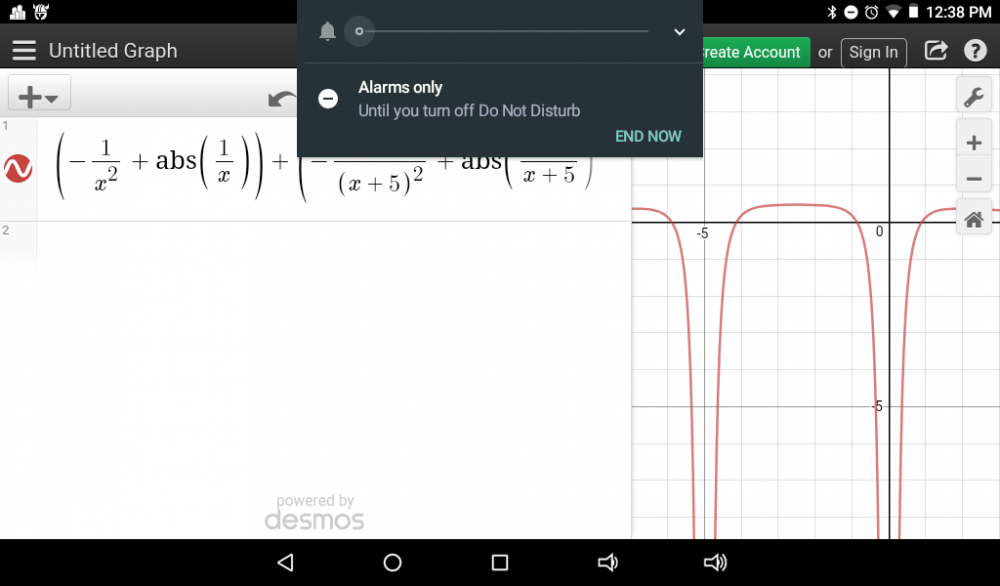
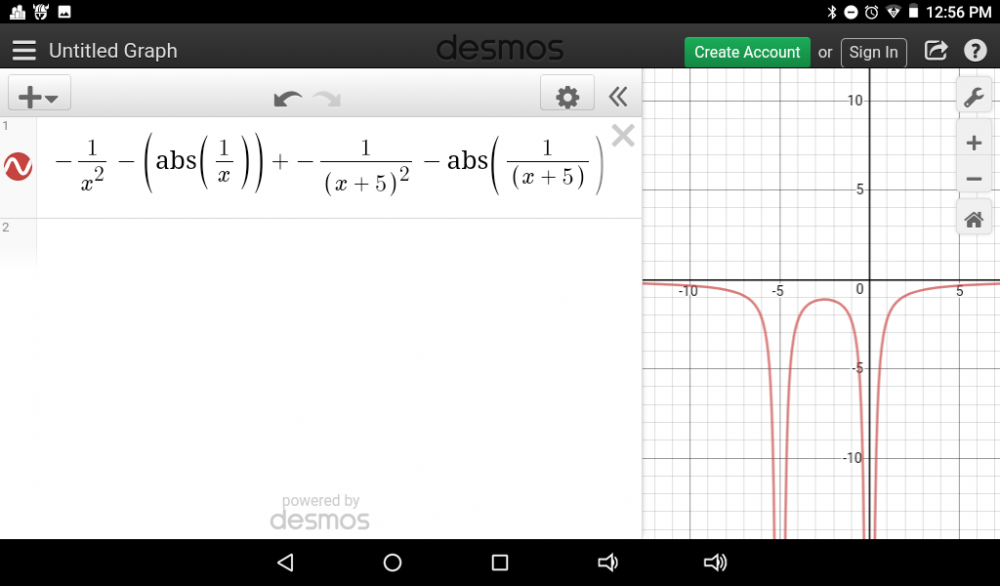
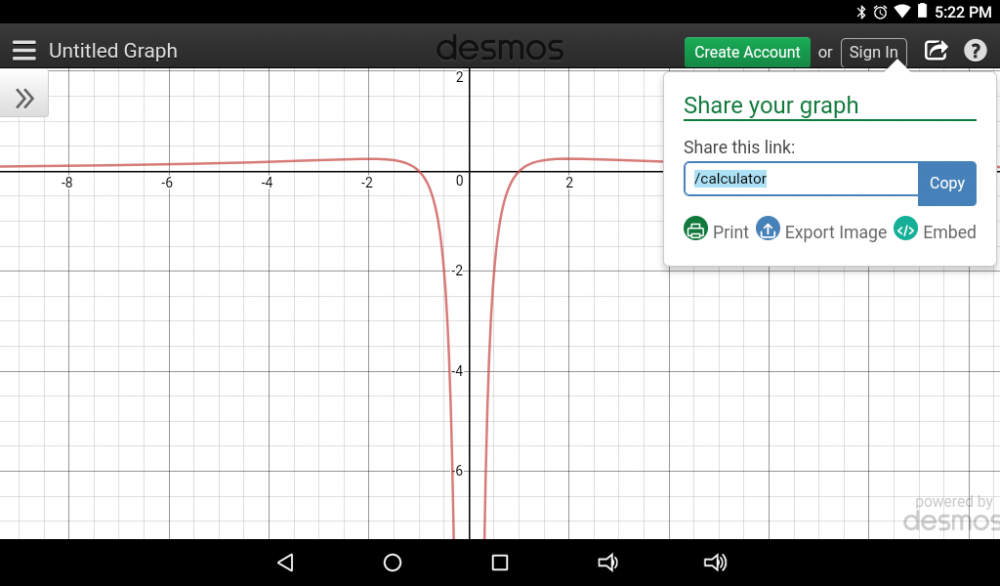
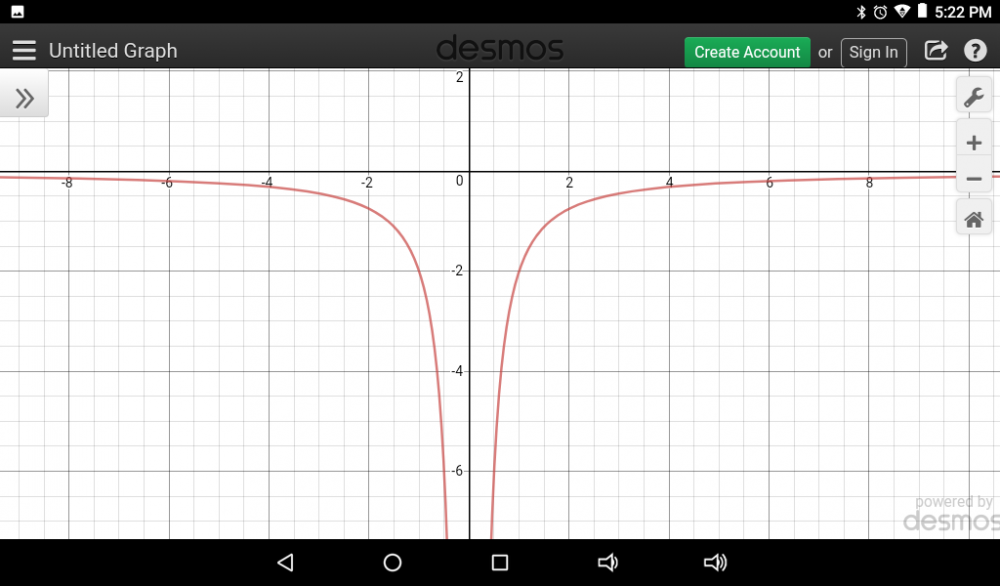
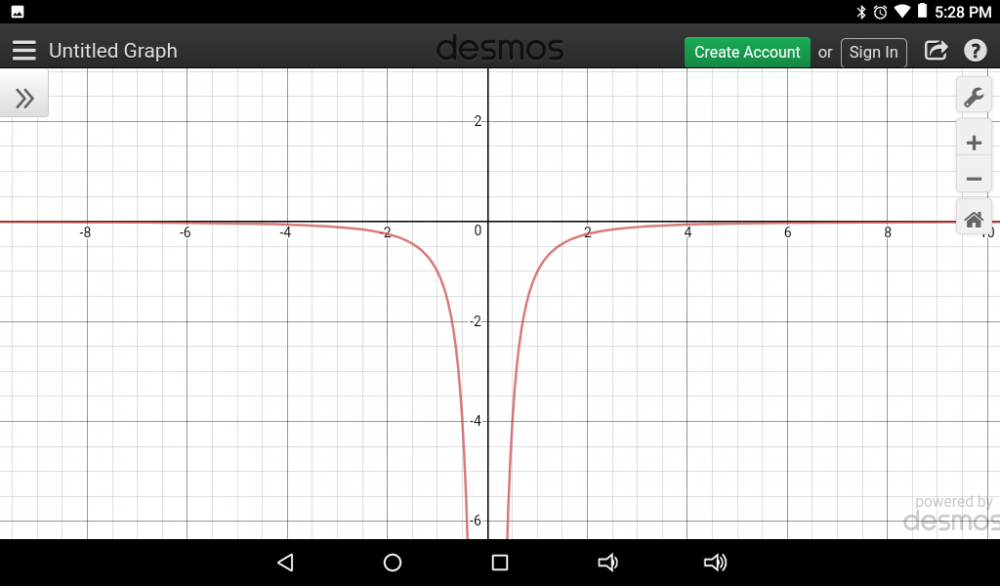
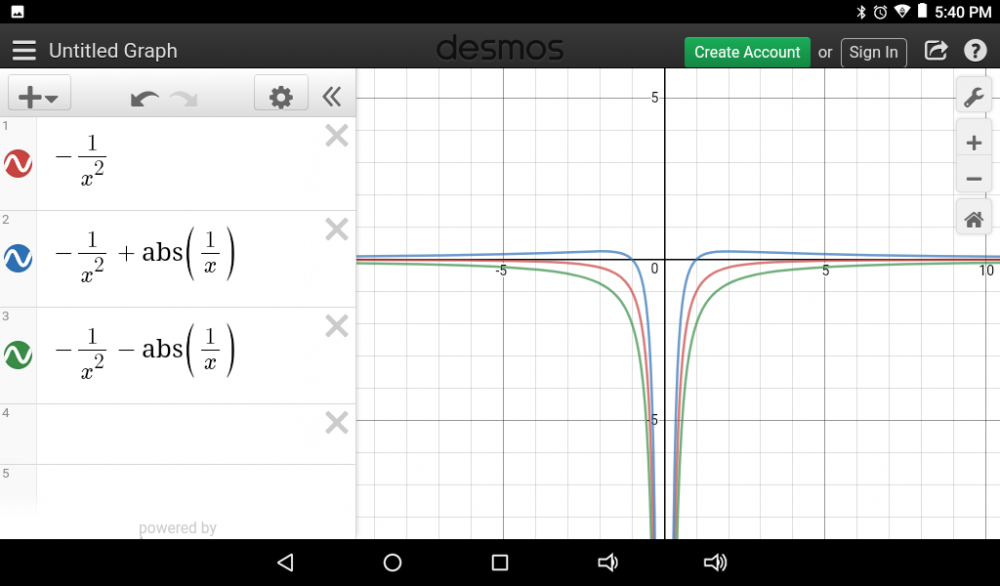
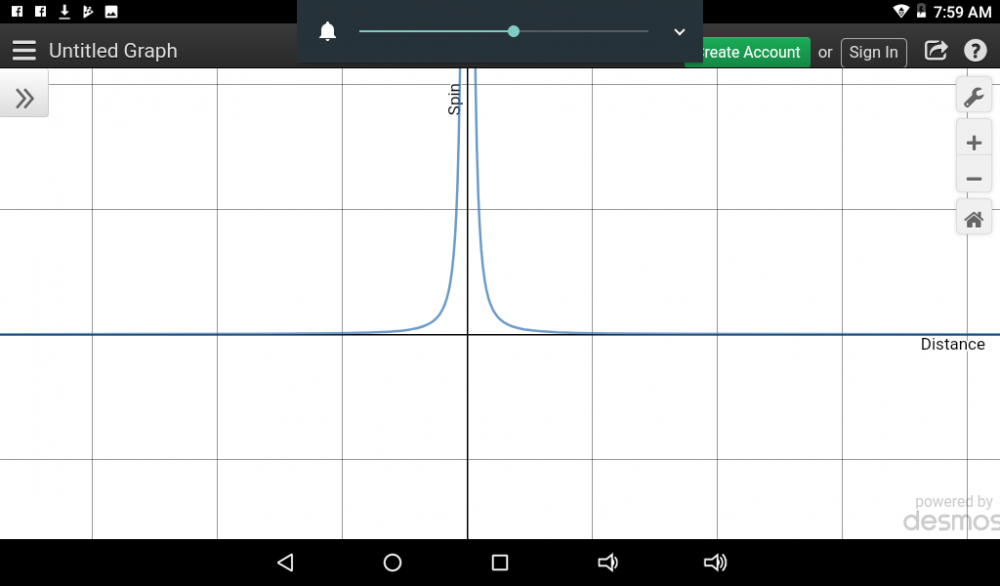
Gravity (split from Neutral elementary particles and electromagnetic waves)
in Speculations
Posted
You are correct sir! I began this thread with an inquiry and let things get out of hand. When I make such inquiries in the future, I will be more careful.
Thank you.
Thank you, actually I am aware of this, however awarness is not competence... I may need some help.
Right now I need to resolve the issue of scale. How "big" is my particle... That is to say how does the gravitational profile of this point particle compare to the earth or a black hole??